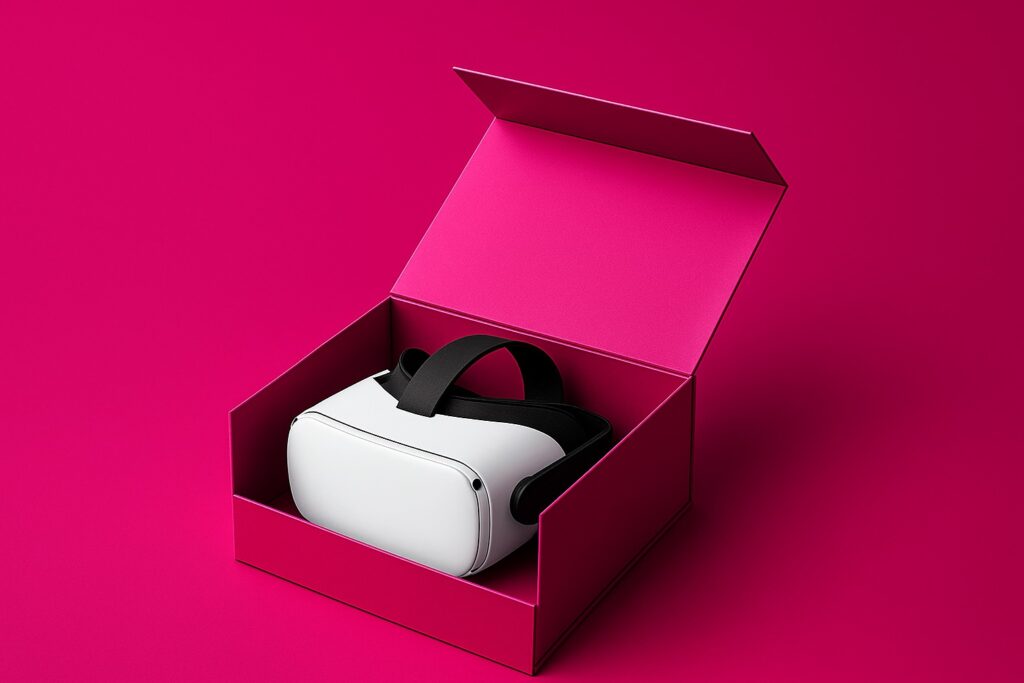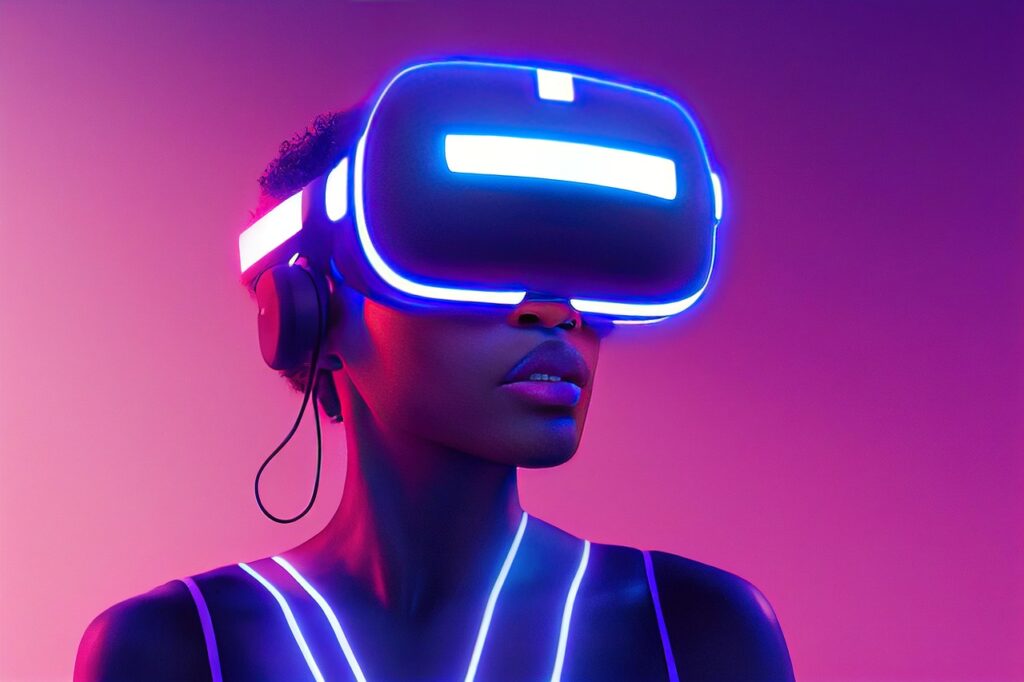Augmented Reality (AR) and Virtual Reality (VR) have already contributed a lot to business innovation in recent years, and 2020 has shown us the changes and acceptance of this type of solution. In fact, AR/VR is one of the few markets that hasn’t faced a pandemic crisis. Quite the opposite, actually. Many companies have had to implement AR and VR solutions to push their businesses forward and collaborate with their employees. According to data from Statista, the market with AR and VR technology has continued to grow, with the potential to reach over $209 billion by the end of this year.
This year VR/AR applications will focus on utility and functionality, making every day easier for clients and helping businesses outperform their competition. Sectors such as healthcare, retail, education, and travel, will implement AR and VR to significantly improve the user experience.
Let’s have a look at some of the trends of this year:
Utilizing AR for Navigation
AR Navigation is a next-generation solution for smart indoor navigation. Shopping malls, airports, and other large spaces can be challenging to navigate with paper maps. Other solutions have failed to help, leaving visitors feeling lost and confused.
Combining AR with clear instructions and re-imagined indoor maps means shoppers can spend more time in stores, and visitors can get where they need to be.
Indoor Integration: previous attempts to map indoor spaces have relied on inaccurate and expensive technologies, like beacons. Interactive, re-imagined maps, when paired with AR, can provide a familiar interface and overall context for where you are.


Re-imagine how an indoor map can be designed to match people’s perceptions of an indoor environment.
It displays more info when you need it and is engineered to work seamlessly side-by-side with the AR experience. When the phone is pointed down, a map appears. When the phone is pointed up, you’re in AR!
Curious how to implement VR and AR in your business? Click here.
VR and Health Care
The numbers confirm that Healthcare 4.0 is a significant trend. We live in a period of pervasive connectivity, patient empowerment, and wearable devices for monitoring health and wellness parameters. Above all, we live in the era of data: those of vital parameters, of everyday activities, but also those that derive from the digitization of medical documents, genomic sequences, health records, medical records, reports, radiological imaging and much more. Generating helpful information and insights from this immense volume of data and directing them to the optimization of structures, prevention, and treatment paths, and creating a more inclusive, better, and advanced system is the ultimate goal of Healthcare 4.0.

In general, the fields of VR application in the medical field are mainly:
- Motor and cognitive rehabilitation
- The therapy of psychiatric disorders
- Learning in a simulation context
In these contexts, the construction of a virtual world in which the subject can be in control is particularly effective. The future of the healthcare world is increasingly high-tech, and even virtual reality, which until ten years ago was not very accessible due to high costs, will become a common practice thanks to the benefits it can bring.
AR/VR Remote Work and Virtual Events
Due to the global pandemic, doing daily activities remotely such as learning, socializing and working has become the new normal. This semblance of “normality” in 2021 will continue with products that will digitize the way we live. Oculus, Facebook’s virtual reality division, said it is speeding up plans to bring virtual reality to offices. Many other companies are also investing in technology that allows people to join group meetings in 3D, where each participant appears at the table in the form of a hologram or avatar. Though going remote proved to be feasible and effective in most cases (and it would probably remain a trend for many areas), it has room for improvement. Here’s where augmented and virtual reality come in.
What about being virtually in the same room with your colleagues, thanks to an AR headset? With their 3D avatars collaborating becomes more immersive. The same happens with education, where teachers and students can better interact through an AR/VR experience.

AR & VR Applications in Retail
There’s no doubt that consumer behavior changed this year (perhaps irreversibly), especially when it comes to digital buying and e-commerce. Both AR & VR could benefit retailers to adapt to the next generation of shopping that is sure to come in the following years.
We’ve already seen some augmented reality and virtual reality implementations in retail, such as virtual try-on or the “magic mirror.” Because of the context that 2020 created, performances of that kind will keep growing in popularity and usage. Here’s the bottom line: AR & VR enhances both the online and offline shopping experience.



Another increasingly widespread innovation concerns the use of augmented reality to help people with their online purchases. With shops closed due to governments’ restrictions to combat the pandemic, thousands of companies use augmented reality to allow customers to virtually try on a suit, look for a suitable pair of sunglasses, or understand how a chosen couch fits in the space of your home. Just take a selfie or point your phone at a wall to see a digital rendering of what the right fit, tone, or size of a product could be.
Check out our Smart Mirror and Virtual Showroom solutions
AR for Manufacturing
The enhancement of AR & MR headsets allows factories and industries to foster innovative solutions in the workplace. For instance, mixed reality headsets are used for staff training and production, giving the wearer data and insights from the machinery. Experts would be able to walk frontline workers through step-by-step processes, share their knowledge quickly, and avoid errors or decreases of operational productivity, along with an improvement of safety. If we consider 2021 to be an exciting year for AR headsets, it will be a good one for augmented reality and manufacturing. New products for personal care and mental health will be added to the wearable devices that monitor our activities and the Apps that allow us to train in the living room, such as meditation software or Apps to receive support.

Head over to Mainware for info on Smart Mainenence 4.0
AR/VR in the Automotive Industry
Augmented Reality has a significant impact on the automotive industry with tried and true use cases. Some brands implement this technology for presentation activities in the showrooms of new models, while others use it in the industrial field. AR can facilitate the control of parts of the engine or electrical system and promote monitoring and maintenance activities by offering detailed information in the overlay of each piece on which checks or interventions must be carried out.



👋 get in touch
By clicking the “send” button, I agree to the collection and processing of my personal data as described in the Privacy Policy.





